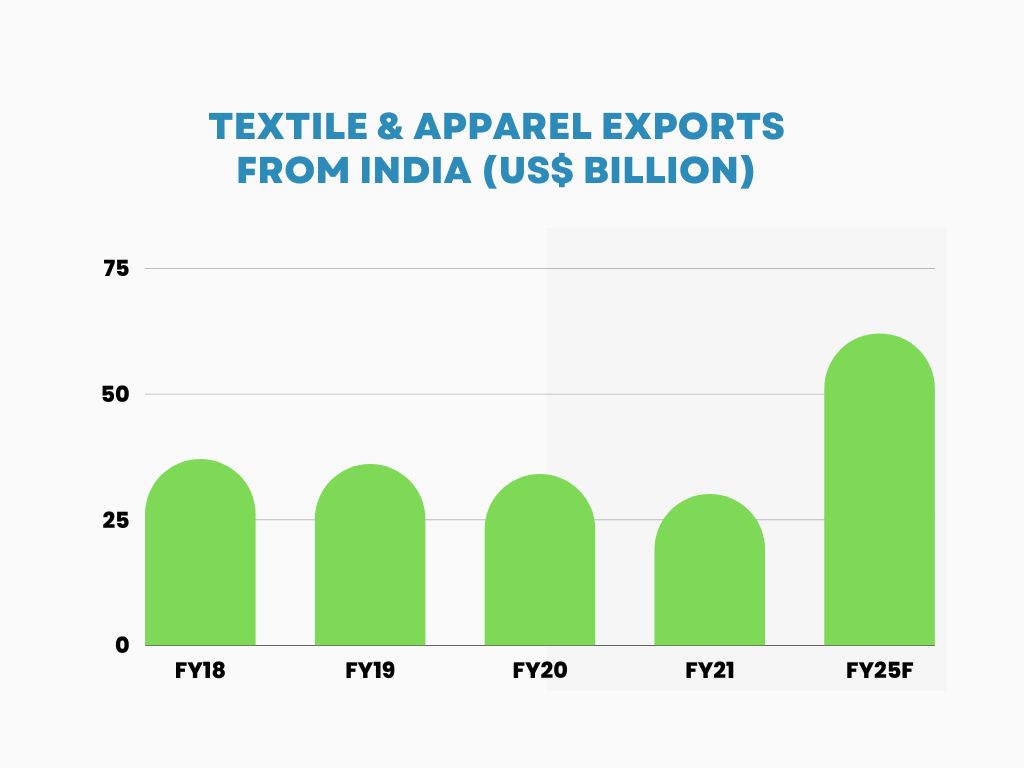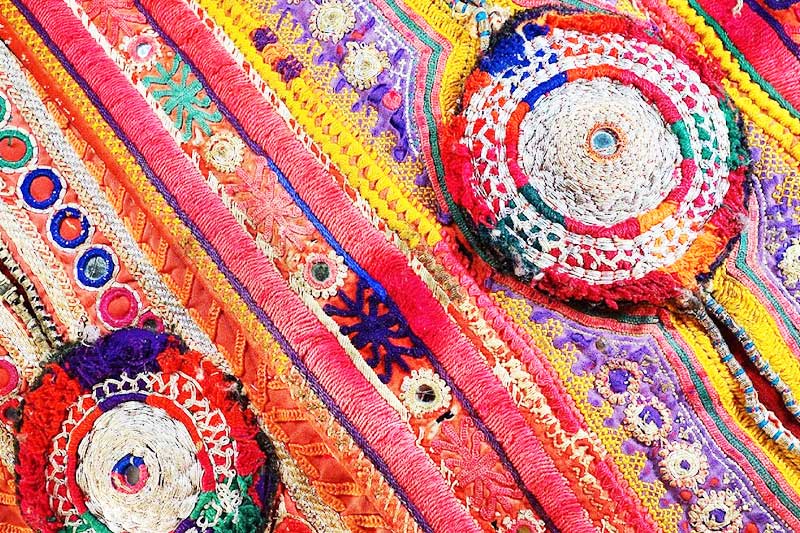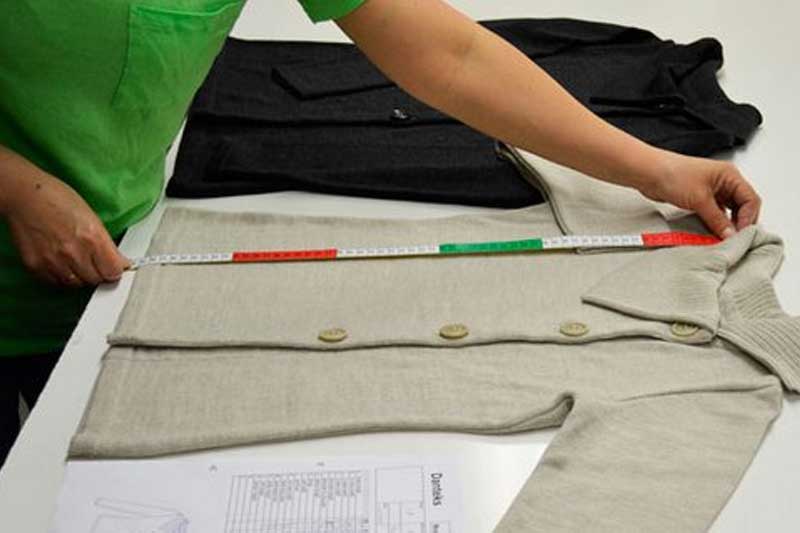How New Textile Economy Would Lead to Better Outcomes

Textile is the second biggest polluting industry, using 800 billion gallons of water every year, accounting for 20% of industrial water pollution and utilising 5% of global landfills in the form of textile waste.
The rise in disposable income and rising fashion requirements of the current generation demands the need of a new system for the textiles economy.
According to the report, ‘A new textiles economy: Redesigning fashion’s future’ – the change can be brought with a new vision, which sets out reforms based on the principles of a circular economy.

The revolutionary reform would reduce negative impacts and capture a USD 500 billion economic opportunity by modifying the way clothes are designed, sold, and used. In such a model, clothes, fabric, and fibers re-enter the economy after use and never end up as waste.
The vision can be fully accomplished after the acceptance of the four reforms that would create better economic, environmental, and social outcomes, capitalizing opportunities missed by the current linear textiles system.
Here’s how the new textile economy can be achieved
- Completely remove the use of substances of concern and microfiber release, by aligning industry efforts and coordinate innovation to create safe material cycles.
- By changing the way clothes are designed, sold and used. This would help to break free from their increasingly disposable nature, by scaling up closing rental schemes; increasing durability and clothing utilization through brand commitments and new policy.
- Primarily improve recycling by transitioning clothing design, collection and reprocessing; carrying on innovation to improve the economics and quality of recycling; stimulating demand for recycling materials; and implementing clothing collection at scale.
- Efficient use of resources and shift towards renewable inputs.
As per Ellen Macarthur Foundation, “Achieving a new textiles economy will demand unprecedented levels of alignment. A system-level change approach is required and one which will capture the opportunities missed by the current linear textiles system.”
Visit Gartex Texprocess India, a leading textile and garment exhibition in India, held in Pragati Maidan, New Delhi and Jio World Convention Centre, Mumbai, and learn about the latest technology, cutting-edge equipment, materials, and services in the industry.
More News
Smart Factories: How Automation & Software Are Transforming Textile Manufacturing
Smart Factories are no longer a futuristic concept; they are rapidly becoming the foundation of modern textile manufacturing. By integrating automation, robotics,…View More
Smart Machines, Smarter Business – Functional and Technical Machines Creating New Opportunities in Apparel
The apparel industry is no stranger to reinvention. From the earliest handlooms to the modern factory floor, every era has been defined…View More
Rural India’s Design Labs: Where Craft Meets Contemporary
The overlooked rise of design innovation beyond urban India In the vast, textured fabric of India's garment and fashion industry, the story…View More
India’s Evolving Role in Global Apparel Supply Chains
In the last few years, global apparel supply chains have been tested like never before. From pandemic-related disruptions to rising geopolitical tensions…View More
Quality Control in Garment Manufacturing: What’s Changing in 2025?
In 2025, garment manufacturing is entering a new era—one defined not only by speed and scale, but by precision, consistency, and sustainability.…View More
Download
Register Now
Recent Posts
Show Countdown
DELHI
Bharat Mandapam (Pragati Maidan), New Delhi, India
- days
- Hours
- Minutes
- Seconds
MUMBAI
Bombay Exhibition Center, Mumbai






